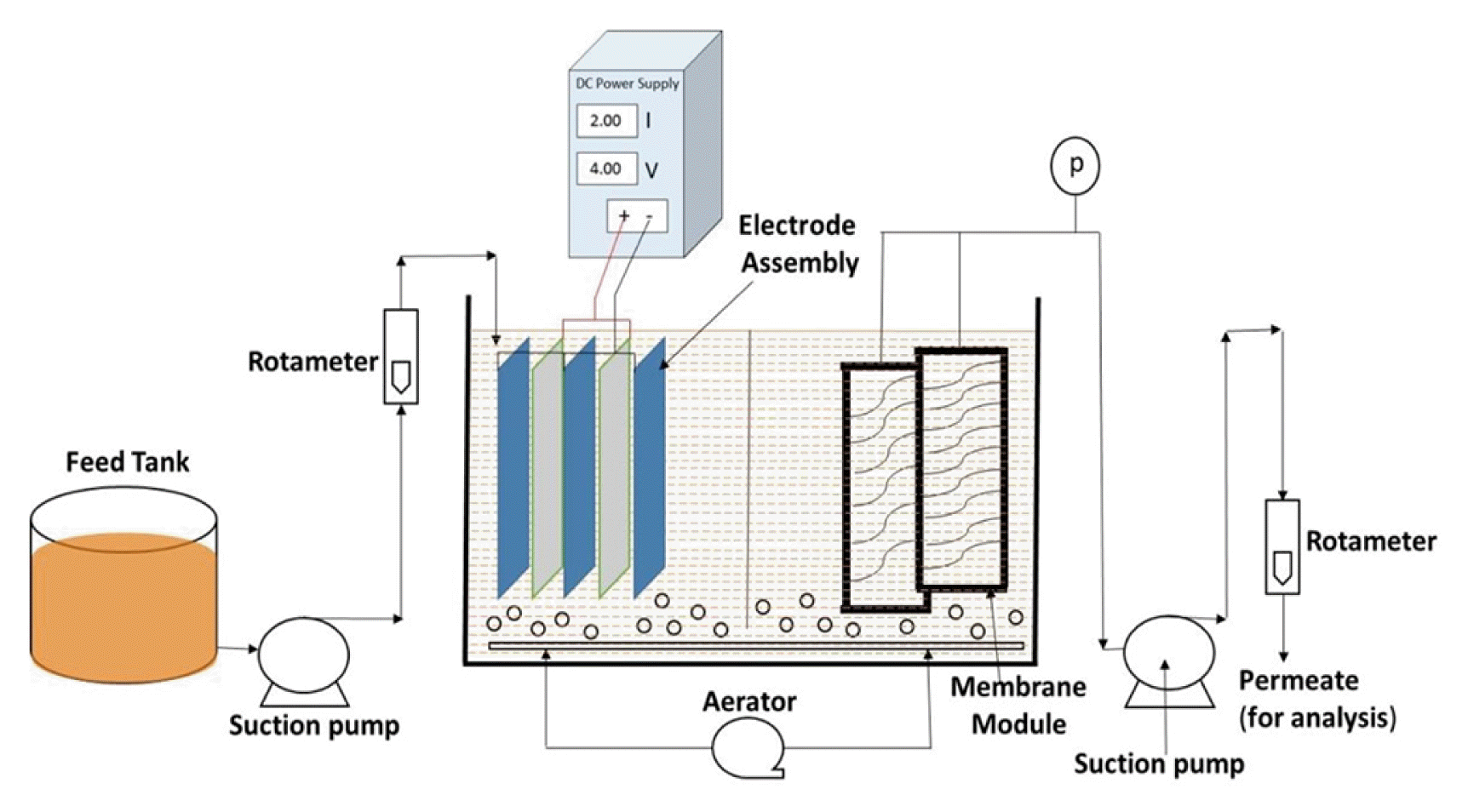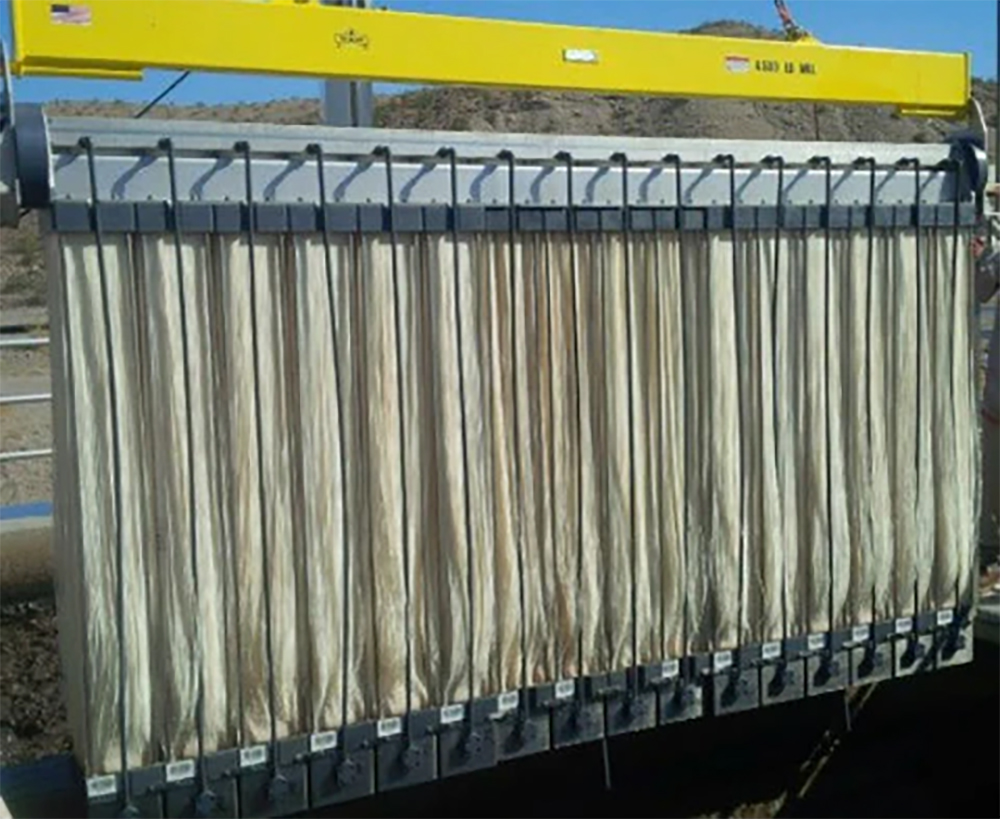How Membrane Bioreactor Can Improve the Quality of Wastewater Treatment
How Membrane Bioreactor Can Improve the Quality of Wastewater Treatment
Blog Article
Just How Membrane Layer Bioreactors Are Reinventing Water Purification Solutions
The development of membrane layer bioreactors (MBRs) represents a substantial development in the area of water purification, combining organic treatment procedures with cutting-edge membrane layer purification modern technologies. This assimilation not only improves the high quality of dealt with effluent but additionally addresses metropolitan area restrictions, making MBRs especially appropriate for densely populated areas. As global water deficiency escalates, the function of MBRs in promoting drinkable water reuse and sustainable water management becomes significantly essential. The ramifications of this technology extend past effectiveness-- what possibilities and obstacles lie ahead for its widespread implementation?
Overview of Membrane Layer Bioreactors
Membrane bioreactors (MBRs) represent a substantial improvement in water purification modern technology, as they incorporate organic therapy procedures with membrane layer purification. This assimilation improves the effectiveness of wastewater treatment by utilizing microorganisms to deteriorate organic pollutants while at the same time utilizing semi-permeable membranes to separate treated water from put on hold solids and virus.
The MBR system usually contains an organic activator where the microbial population metabolizes pollutants, followed by a membrane filtering device that maintains biomass and enables only clean water to go through. This twin capability leads to greater effluent top quality compared to standard treatment methods. MBRs can be run in both batch and continual flow settings, providing adaptability in style and application.
Additionally, MBRs are identified by their small impact, making them appropriate for city settings with room restrictions. Membrane Bioreactor. They additionally allow the recuperation of water for reuse, therefore adding to water sustainability initiatives. While MBR modern technology has actually acquired appeal in community and commercial applications, its functional complexities and power needs necessitate cautious factor to consider during execution. Overall, MBRs are at the center of improving water treatment performance and quality, showcasing the capacity for cutting-edge solutions in environmental monitoring.
Benefits of MBR Modern Technology
The integration of biological treatment with membrane filtering uses countless benefits for water filtration procedures. Among the primary benefits of Membrane Bioreactor (MBR) technology is its ability to efficiently eliminate both not natural and organic contaminants, resulting in top notch effluent. The membrane layers work as a physical obstacle, protecting against put on hold solids and pathogens from passing through, which enhances the overall safety and integrity of cured water.
In addition, MBR systems need a smaller sized footprint compared to conventional therapy approaches, enabling a lot more effective area usage. This compact layout is specifically helpful in metropolitan settings where land is restricted. MBRs additionally demonstrate operational flexibility, suiting varying influent qualities and circulation prices without considerable performance destruction.
Moreover, the process offers boosted nutrient removal capabilities, specifically for nitrogen and phosphorus, which are important for stopping eutrophication in receiving waters. The lowered sludge manufacturing connected with MBR modern technology likewise translates to decrease disposal costs, making it an affordable solution over time - Membrane Bioreactor. In general, the benefits of MBR innovation placement it as a leading option for lasting and ingenious water filtration systems, attending to both environmental and economic concerns
Applications in Water Purification
Applications company website of Membrane Layer Bioreactor (MBR) innovation in water filtration are impactful and diverse, resolving different therapy needs across numerous industries. MBRs properly integrate biological therapy processes with membrane purification, making them perfect for metropolitan wastewater treatment, industrial effluent monitoring, and also potable water reuse efforts.
In community setups, MBRs are significantly used to enhance the quality of treated wastewater, enabling for conformity with strict discharge regulations and facilitating the recycling of water for irrigation and non-potable usages. Their portable style also makes them ideal for urban settings where space is limited.
Industrially, MBR technology is used to treat process water and wastewater, particularly in industries such as food and beverage, drugs, and textiles. By properly removing pollutants and suspended solids, MBRs aid sectors lessen environmental impacts while recovering valuable resources from wastewater streams.
In Addition, MBRs are getting traction in decentralized water treatment applications, where small-scale systems can be released in remote locations or developing areas. This adaptability enables areas to accomplish webpage lasting water management solutions, improving accessibility to clean water while minimizing reliance on traditional treatment approaches.
Instance Studies and Success Stories

In an additional example, a fabric production center in Bangladesh took on MBR innovation to address its wastewater challenges. The system decreased chemical oxygen need (COD) levels from 1,200 mg/L to much less than 100 mg/L, thus meeting governing criteria and significantly decreasing ecological influence.
The University of Cape Town's MBR installation has proven efficient in treating greywater for non-potable reuse on university. This task not just preserves drinkable water however also functions as an educational model for lasting methods.
Furthermore, a seafood processing plant in Norway utilized MBR technology to deal with effluents having high levels of raw material, attaining over 90% pollutant removal. These study highlight MBR modern technology's flexibility and its important duty in enhancing water top quality throughout diverse applications.
Future of Water Therapy Solutions
As international water scarcity and contamination challenges increase, cutting-edge water treatment services are coming to be significantly important to guarantee sustainable access to tidy water. The future of water therapy depends on the assimilation of sophisticated innovations that boost the efficiency and effectiveness of filtration processes. Membrane layer bioreactors (MBRs) are at the leading edge of this advancement, incorporating biological therapy with membrane filtering to generate premium effluent appropriate for numerous applications.

Arising trends such as resource recuperation from wastewater, including nutrients and energy, will certainly additionally transform treatment centers right into environment-friendly centers. Innovations in nanotechnology and membrane layer materials assure boosted efficiency and durability of filtration systems.

Final Thought
Their duty in potable water reuse and lasting water management highlights their importance in dealing with worldwide water deficiency obstacles. Proceeded study and development will even more improve the efficacy and adoption of MBR technology, making sure a resistant future for water therapy remedies.
The introduction of membrane bioreactors (MBRs) stands for a substantial innovation in the field of water purification, combining organic treatment procedures with sophisticated membrane layer purification modern technologies. As worldwide water shortage increases, the duty of MBRs in facilitating safe and clean water reuse and lasting water administration ends up being increasingly critical. They likewise enable the recovery of water for reuse, therefore adding to water sustainability efforts.As international water shortage and air pollution difficulties escalate, cutting-edge water therapy solutions are coming to be increasingly important to ensure lasting accessibility to clean water. Their function in drinkable water reuse and lasting water monitoring highlights their importance in attending to international water deficiency difficulties.
Report this page